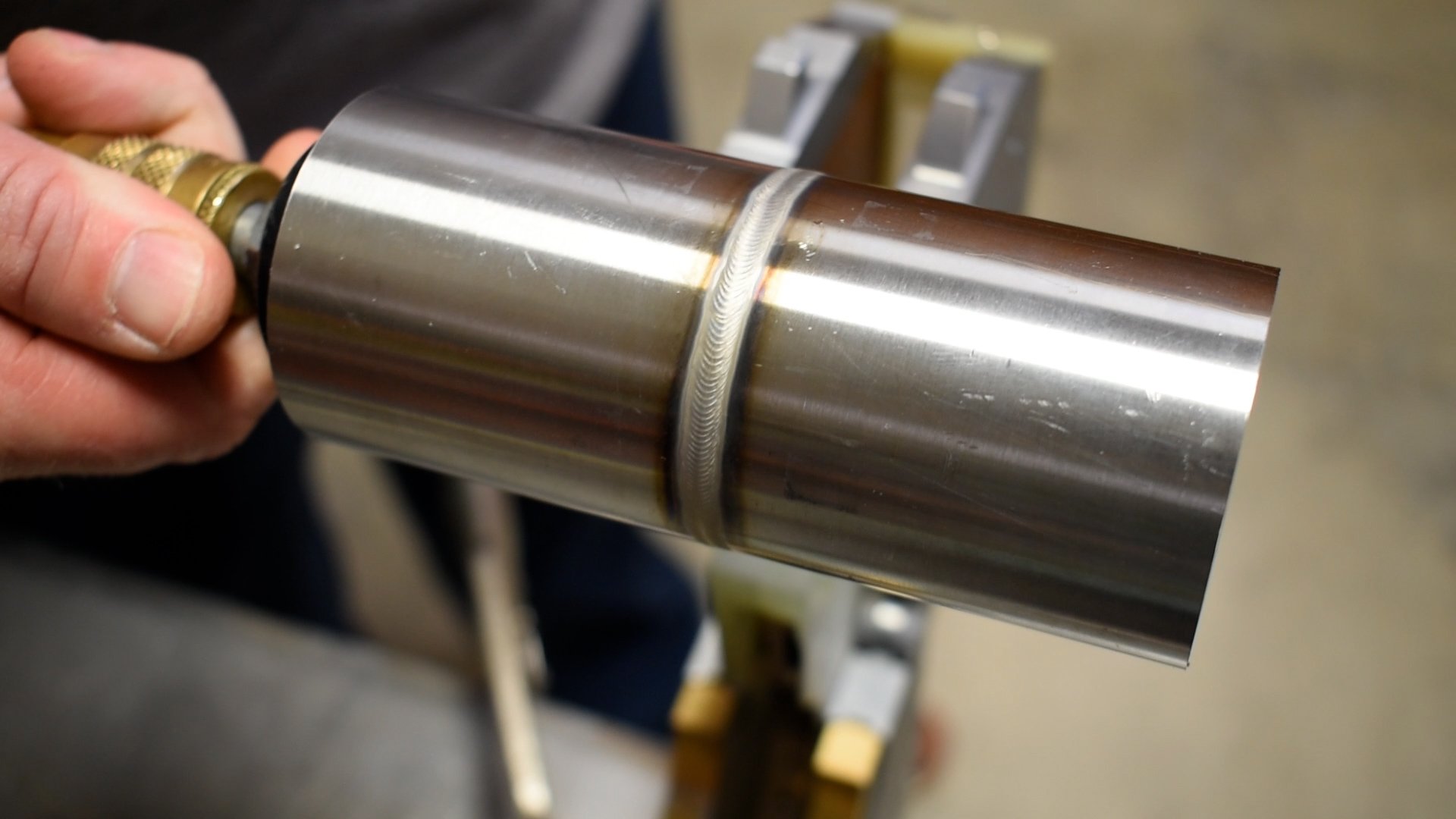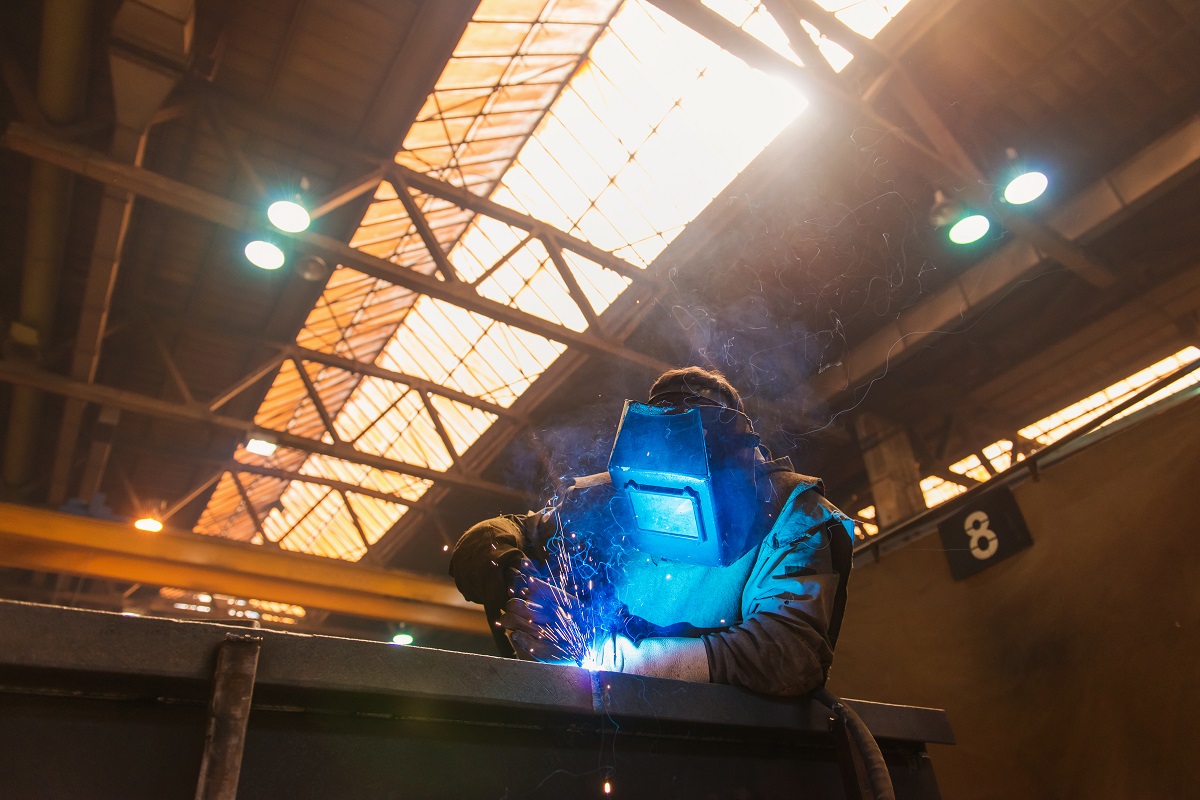Best Practices for Preventing Weld Undercut: Understanding the Basics
Best Practices for Preventing Weld Undercut: Understanding the Basics
Blog Article
Crucial Tips for Welders: Avoiding Undercut Welding and Ensuring Stronger Weld Joints
In the world of welding, accomplishing solid and long lasting weld joints is the foundation of producing top quality work. One common difficulty that welders often experience is undercut welding, which can jeopardize the honesty of the weld joint.

Understanding Undercut Welding
Undercut welding is a common welding flaw that takes place when the weld metal stops working to correctly load the groove and results in a groove-like clinical depression along the weld grain. This flaw deteriorates the weld joint, making it susceptible to breaking and failure under tension. Damaging can be caused by different factors, including excessive welding existing, high welding speed, improper electrode angle, wrong electrode size, and inadequate welding method.
One of the major factors for undercut welding is an imbalance in between the welding existing and the welding rate. If the welding current is also high or the welding speed is also quick, the weld steel might not effectively fill the groove, leading to undercutting. Furthermore, making use of an electrode that is also large can result in a comparable end result, as the excess metal can not properly flow right into the groove.
To avoid undercut welding, welders must ensure they are making use of the proper welding criteria, preserve an ideal electrode angle, pick the appropriate electrode dimension, and method proper welding techniques. By resolving these elements, welders can minimize the danger of damaging and produce more powerful, a lot more trusted weld joints.
Proper Welding Technique
Effective welding strategy plays a crucial duty in making certain the top quality and integrity of weld joints. One essential facet of correct welding strategy is preserving the appropriate angle and distance in between the welding weapon and the work surface.
In addition, a stable and consistent hand activity is essential for creating solid and long lasting weld joints. Welders need to intend for smooth, uniform activities to make certain even distribution of the weld product. Appropriate manipulation of the welding weapon and filler product is also crucial to achieving optimum infiltration and combination.
In addition, regulating the heat input and selecting the proper welding parameters based upon the material being welded are crucial variables in attaining high-quality welds - Preventing weld undercut. Welders must adhere to the advised settings offered by welding treatment specs and change them as required based on the certain demands of the job. By grasping proper welding methods, welders can dramatically improve the strength and dependability of their weld joints
Picking the Right Electrode
When taking into consideration the value of choosing the appropriate electrode in welding applications,Keeping the appropriate angle and distance in between the welding weapon and the work surface is fundamental. The choice of electrode plays an important duty in determining the quality and strength of the weld joint. Electrodes can be found in different types, each developed for specific objectives and products.
First of all, choosing the appropriate electrode size is important. Thinner electrodes appropriate for welding slim materials, while thicker electrodes are much better for thicker materials and greater warmth applications. Matching the electrode diameter to the density of the workpiece aids achieve a well balanced weld.
Secondly, recognizing the product make-up of the electrode is crucial. Various electrodes company website are developed for welding particular products like steel, stainless steel, aluminum, or cast iron. Utilizing the correct electrode material guarantees good fusion and decreases the danger of flaws in the weld.
Last but not least, considering the welding position and strategy is crucial when choosing the electrode kind. Particular electrodes are better suited for vertical or overhead welding settings, while others function well for level or horizontal positions. Choosing the best electrode based upon the welding method improves the general weld high quality and honesty.
Preparing the Base Steel
To ensure a successful welding procedure, what preliminary steps should be taken when preparing the base metal for welding? In addition, any type of existing weld material or residue from previous welding must be gotten rid of to make certain a clean surface area for the brand-new weld.

Performing Post-Weld Inspections

After carrying out these evaluations, welders have to compare the results against sector criteria and task needs to guarantee that the weld joint fulfills all required requirements. Any kind of variances or inadequacies found throughout the post-weld examination should be promptly dealt with through suitable restorative measures to ensure the weld's honesty. By vigilantly carrying out post-weld evaluations and promptly attending to any type of problems, welders can maintain the high quality and reliability of their work, inevitably adding to the security and longevity of the welded structures.
Conclusion

Finally, avoiding undercut welding and guaranteeing stronger weld joints call for a mix of correct welding technique, selecting the ideal electrode, preparing the base metal appropriately, and performing post-weld examinations. By recognizing the root causes of undercut welding and executing the necessary preventative measures, welders can create high-quality weld joints that meet market requirements and make certain the architectural integrity of the welded elements.
Undercut welding is a typical welding flaw that occurs when the weld metal falls short to correctly load the groove and results in a groove-like clinical depression along the weld grain (Preventing weld undercut). Undercutting can be caused by various elements, consisting of too much welding existing, high welding rate, inappropriate electrode angle, incorrect electrode size, and inadequate welding strategy
One of the main factors for undercut welding is a discrepancy in between find more information the welding current and the welding rate. If the welding current is too high or the welding speed is too fast, the weld steel might not effectively load the groove, leading to damaging.Preserving the correct angle and range between the welding gun and the workpiece is basic when thinking about the relevance of selecting the ideal electrode in welding applications.
Report this page